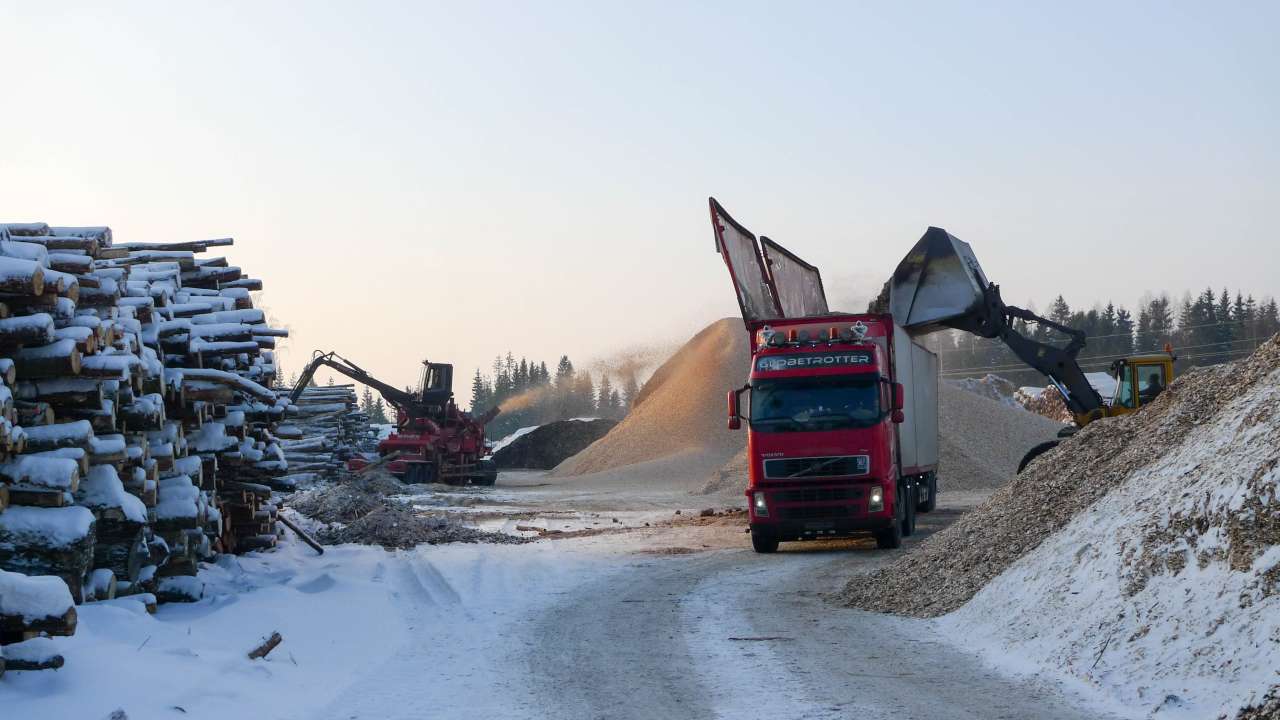
Bioenergy from the forest
Increasing the use of renewable energy is a global aim in order to replace fossil fuels and reduce greenhouse gas emissions. Bioenergy is produced from renewable organic material, such as plants and by-products from forests.

In Norway, it is also a national goal to increase the production and use of sustainable bioenergy. Here, the potential for increased use of wood for bioenergy production is high. The annual volume logged is far lower than the regrowth. In addition, harvesting residues such as branches and twigs are currently largely left in the forest unused.
Only 5% of the energy produced in Norway today is bioenergy from forest biomass, compared to about 28%.in neighbouring Sweden and Finland. One of the main reasons for this is down to the fact that it is less important to the Norwegian economy. Norway already produces enough renewable energy through hydroelectric power plants, and this means there is less pressure to make a shift.
Publications
Authors
Daniel Girma Mulat Janka Dibdiakova Svein Jarle HornAbstract
No abstract has been registered
Abstract
No abstract has been registered
